The operation, launched from the Diego Garcia base in the Indian Ocean using B-2 strategic bombers and submarine-launched cruise missiles, marked a significant escalation in already simmering tensions between Washington and Tehran.
Turning point in US-Iran tensions
The goal of the operation is to disrupt Iran's uranium enrichment capacity and reduce its ability to develop a nuclear program in the near future, defense sources said.
Fordow was hit hardest, with 12 GBU-57A/B bunker-buster bombs dropped by six B-2 bombers. Natanz, which had been attacked before, was hit again, while Isfahan was hit by a series of submarine-launched Tomahawk missiles.
The operation was carried out in a short period of time, maximizing the element of surprise and limiting Iran's defensive response.
US B-2 stealth bomber.
US leaders have declared that the operation has “caused irreparable damage or total destruction” to the three nuclear facilities. Iran has yet to release full information on the extent of the damage, while the international community has called for restraint and an independent investigation to verify the actual situation on the ground.
According to military experts, the current US attack on Iran's nuclear facilities has some special characteristics, both in the way it was conducted and in the way it was communicated.
First, the announcement of the operation represents a notable shift in the way the United States handles information about large-scale military operations. President Donald Trump was the first to announce the operation, via his personal social media account, before making an official address to the nation. The announcement on this unconventional and personal platform suggests that decision-making and information control are centralized within a very limited internal group—a marked difference from conventional military operations, which require extensive coordination across the administration and defense apparatus.
Second, the operation was launched without waiting for the main naval force, led by the aircraft carrier USS Nimitz, to enter the operational area. This shows that the operation does not depend on the direct presence of the aircraft carrier strike group, which is considered a symbol of US conventional deterrence.
Instead, the main strike force is deployed from a cruise missile submarine, whose location is kept strictly secret at the time of launch. Thanks to the Tomahawk cruise missile’s range of up to 1,800km, launches can originate from the Mediterranean Sea, the Arabian Sea or even the northern Indian Ocean, allowing Washington to carry out a surprise attack while ensuring the safety of the launch vehicle.
Third, the US deliberately did not use any of its allies’ military bases in the Middle East to carry out the operation. Al Udeid Air Base in Qatar, which was the main coordination center for the US Air Force in the region, was completely evacuated of military aircraft a few days before the operation. A similar move was observed at the Escan military complex in Saudi Arabia. These actions not only helped avoid diplomatic backlash from regional partners, but also increased secrecy and reduced the risk of strategic information leaking before the attack.
According to a report from the Pentagon, the B-2 Spirit strategic bombers participating in the attack on Iran's nuclear facilities took off from Whiteman Air Force Base, Missouri (USA). Initially, the squadron was said to be moving on the route to Andersen Air Force Base on Guam Island.
However, plans changed in the air and the final destination of the operation was Diego Garcia, a strategic US base located on an atoll in the middle of the Indian Ocean, where the actual attack operations were launched.
Diego Garcia has been used in previous military operations in the Middle East and South Asia, and its choice shows the level of stealth and strategic mobility of US forces in the region.
Washington claims success, Tehran denies damage
In the US, the decision to attack Iran has sparked a wave of mixed reactions in the political world. Some congressmen and senators, including members of the Democratic Party, expressed support for the operation, calling it a "necessary deterrent" against Iran's nuclear ambitions.
However, many others have harshly criticized President Donald Trump's decision-making, arguing that he violated internal procedures for coordinating military operations, especially without explicit approval from Congress - a basic requirement for large-scale military actions under the US Constitution and the War Powers Resolution.
Notably, Rep. Alexandria Ocasio-Cortez (D-NY) publicly criticized the action, calling the attack “a serious act of overreach” and suggesting that this could be grounds for impeachment of the President.
She also called for the defense secretary to resign for failing to follow the required legislative process, a view that represents a segment of progressive lawmakers in Congress wary of unilateral military actions and a lack of transparency by the executive branch.
However, despite the political divide, most lawmakers, including a significant portion of Democrats, were impressed with the administration’s determination and speed of response. Many argued that decisive action at this time was necessary to maintain strategic deterrence in the Middle East, especially in the context of regional tensions that threaten to spread.
Tehran has reacted strongly to the US’s coordinated attack on three Iranian nuclear facilities, accusing Washington of pursuing a “dangerous path of escalation.” However, Iran has also tried to downplay the damage caused by the attack, calling it a “waste of US resources and budget.” In official statements, Iran has insisted that its nuclear program remains peaceful and will continue to develop despite external threats.
According to information provided by Tehran, the attack did not cause “irreparable” damage to the country’s nuclear industry. No facilities were completely destroyed or severely damaged. And, crucially, Iran stressed that its intelligence forces had preliminary information about the attack coordinates, allowing them to successfully evacuate most of the personnel and critical equipment from the Fordow facility before the strike.
From a strategic perspective, the US operation was seen as a “stern warning.” In his State of the Nation address, President Donald Trump confirmed that the main goal of the military action was to force Tehran back to the negotiating table on Washington’s terms. Republicans also signaled that “it’s time for peace” in the Middle East—a way of implying that the military operation could be repeated (or expanded) if Iran fails to meet US and Israeli demands.
In theory, the move is also seen as a clear demonstration of America's strategic commitment to Israel, as well as a deterrent against potential retaliation from hardline elites within Iran.
However, initial reactions from Tehran suggest the campaign may have backfired.
"Resistance axis" ready to take action?
Iran has said it has “exhausted all diplomatic possibilities” and threatened to retaliate if the US continues to intervene. Proxies of the Tehran-led “Axis of Resistance” in the region, including the Houthis in Yemen and the Hashd al-Shaabi paramilitary force in Iraq, have also signaled their readiness to retaliate against US and Israeli interests in the region.
Although Hezbollah in Lebanon has remained silent, Israel has recorded unusual military activities by the force near the northern border - a potential signal of combat preparations.
Many believe that an immediate military response from Iran is unlikely. Iran’s leaders appear to be favoring a measured response. The goal is to avoid being drawn into a full-scale war while still retaining strategic initiative.
Is the door to negotiations still open? Hope for mediation from the EU and Russia
There is still a belief within Iran that it can create a diplomatic counterweight strong enough to contain the United States. In addition to lobbying efforts within the EU, especially through intensive meetings at the Foreign Ministry level with Germany, France and Italy, Tehran also places significant expectations on Russia’s mediating role. Iranian Foreign Minister Abbas Araghchi is scheduled to meet with Russian President Vladimir Putin on June 23 to discuss the peaceful nuclear program and the international response to US military action.
While Russia is currently playing the role of a cautious observer in the escalating conflict between Iran and Israel, Moscow still holds some diplomatic and security leverage that could help ease regional tensions. If it cannot prevent the outbreak of hostilities altogether, at least Russia—given its unique position in the trilateral relationship (Iran, Israel, the United States)—can help prevent the situation from spiraling out of control.
Hung Anh (Contributor)
Source: https://baothanhhoa.vn/bong-ma-chien-tranh-tro-lai-trung-dong-tac-dong-va-hau-qua-tu-cuoc-tan-cong-cua-my-vao-iran-252931.htm



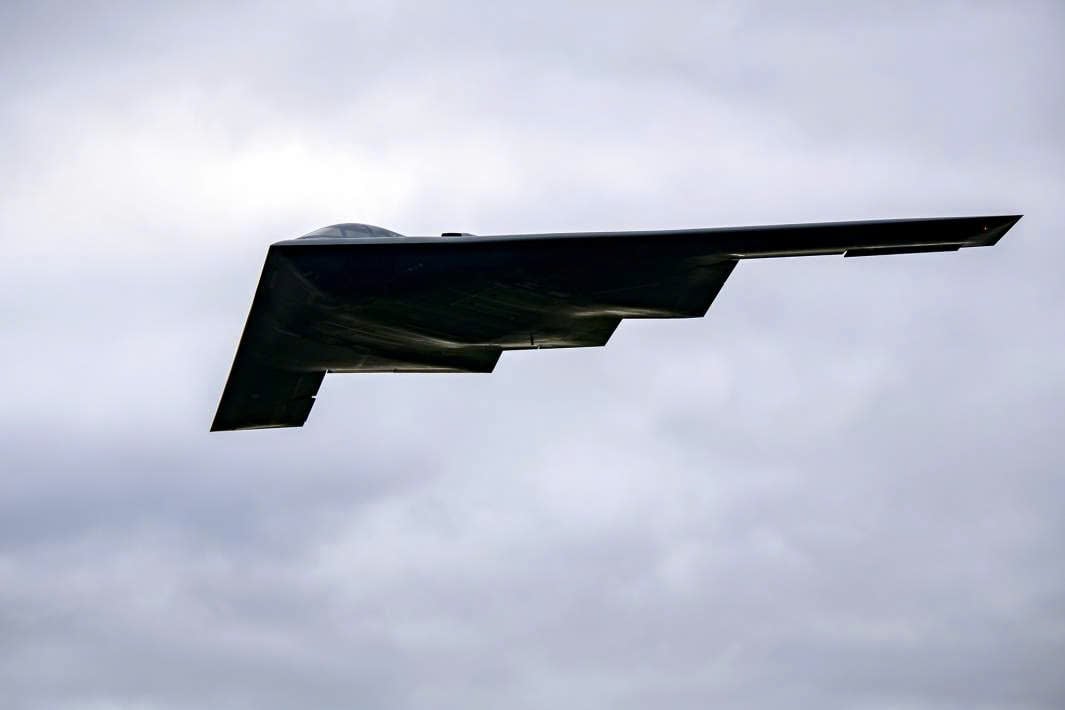
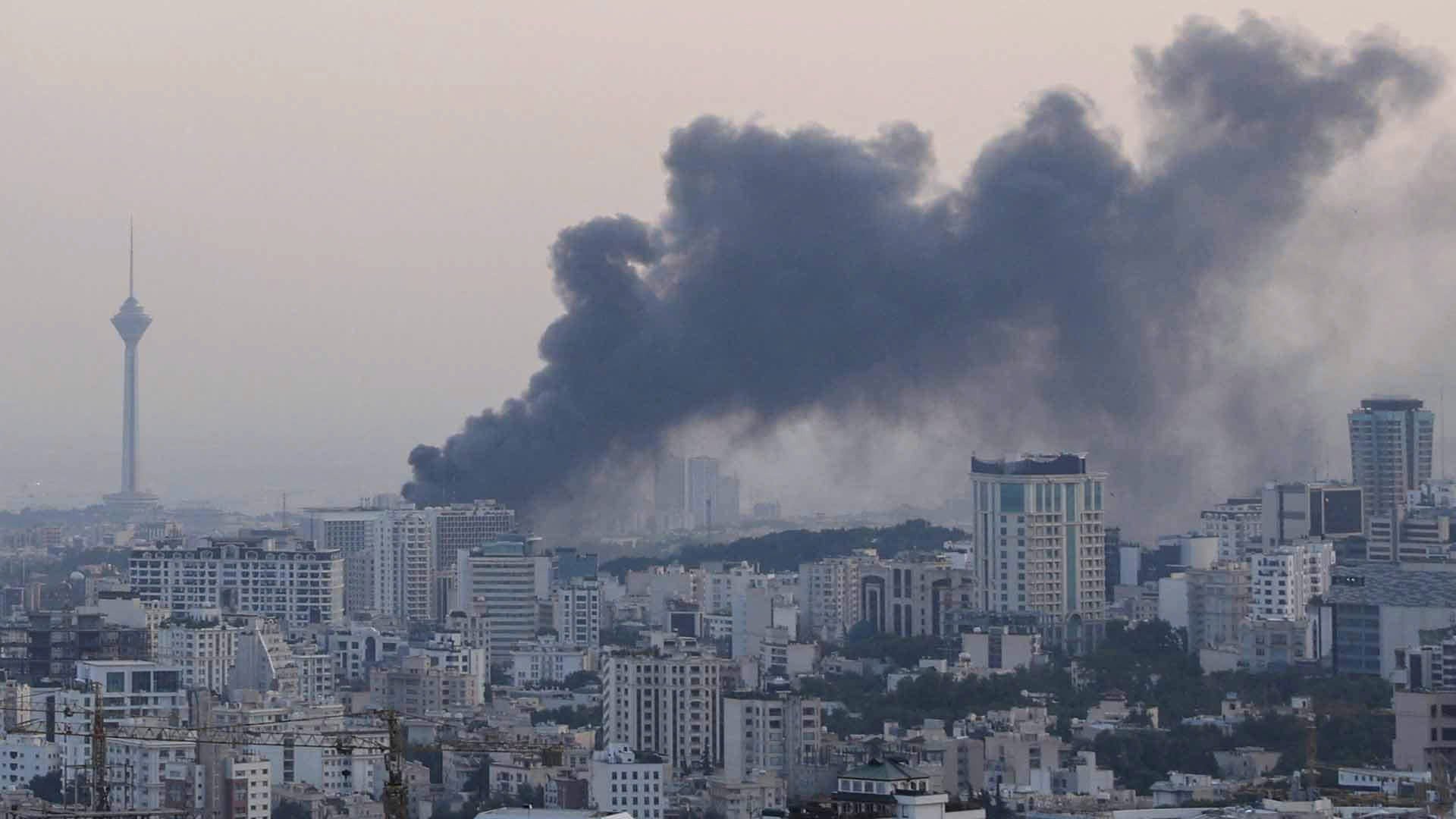
![[Photo] Multi-colored cultural space at the Exhibition "80 years of the journey of Independence - Freedom - Happiness"](https://vphoto.vietnam.vn/thumb/1200x675/vietnam/resource/IMAGE/2025/8/26/fe69de34803e4ac1bf88ce49813d95d8)
![[Photo] Hanoi: Authorities work hard to overcome the effects of heavy rain](https://vphoto.vietnam.vn/thumb/1200x675/vietnam/resource/IMAGE/2025/8/26/380f98ee36a34e62a9b7894b020112a8)

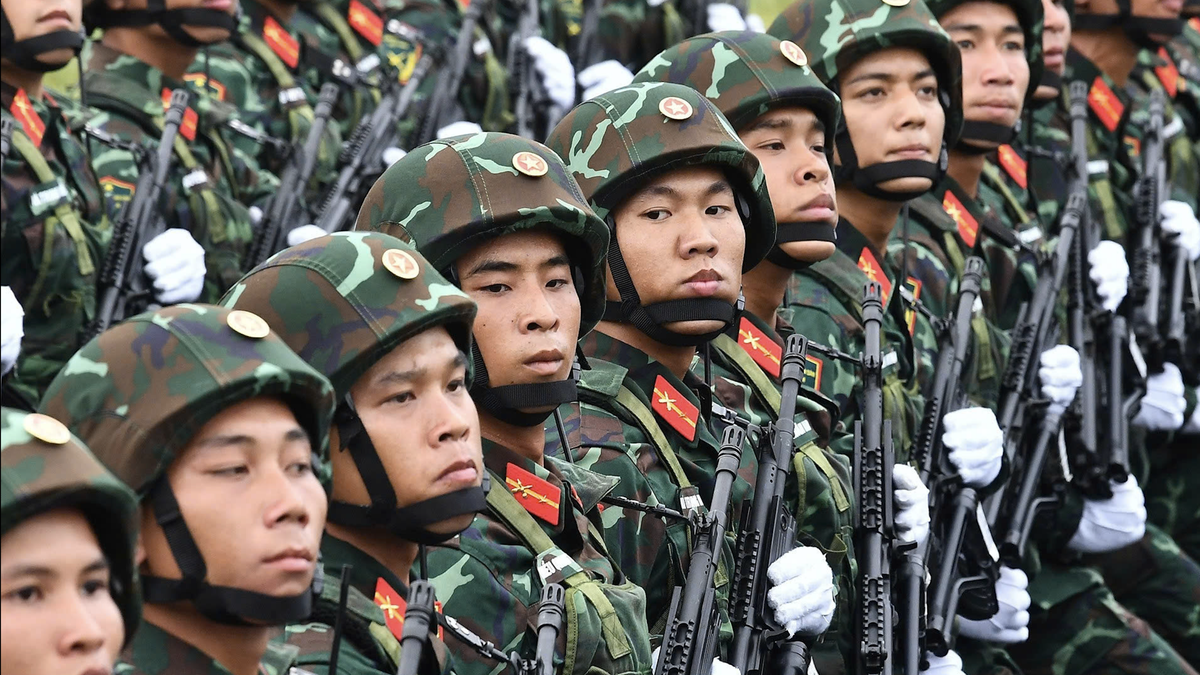

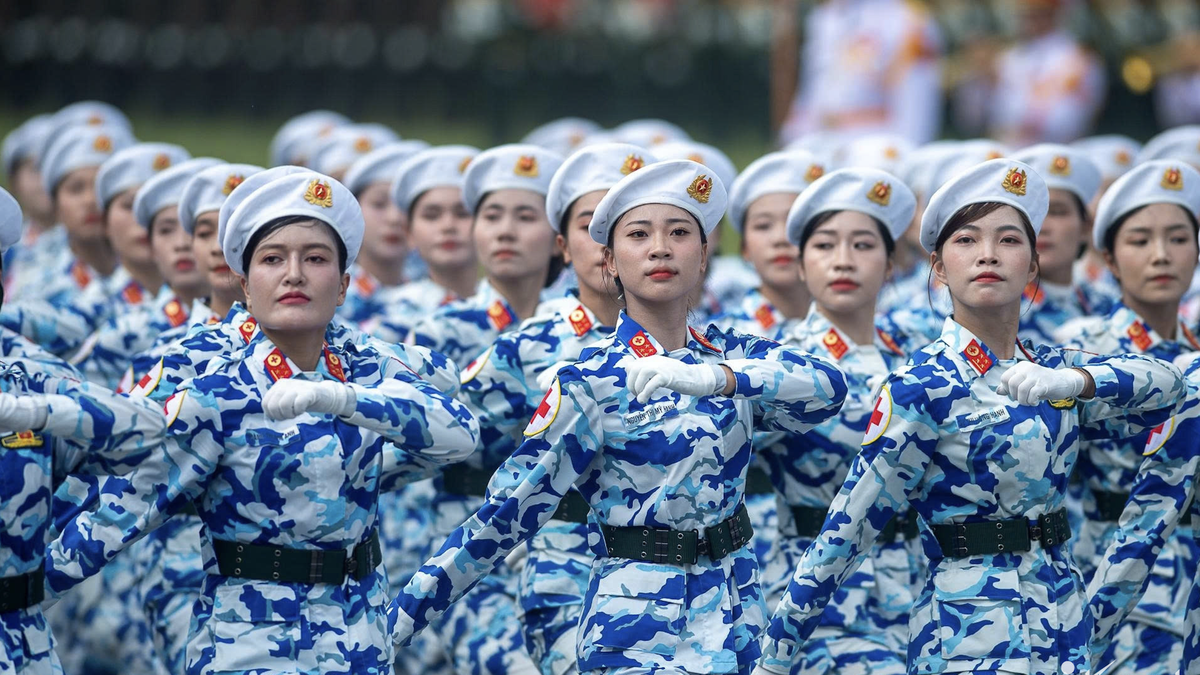
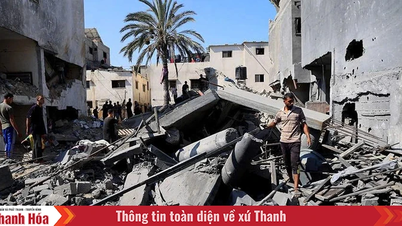

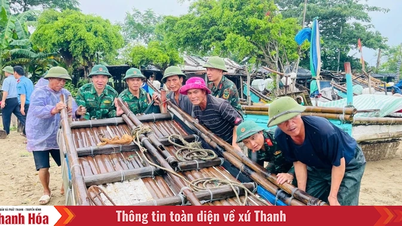
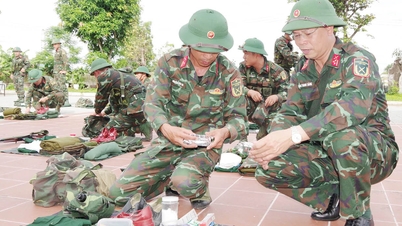





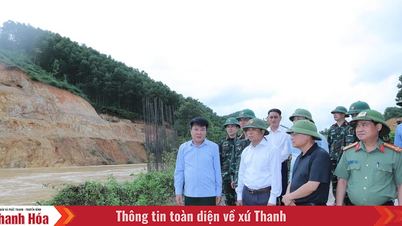
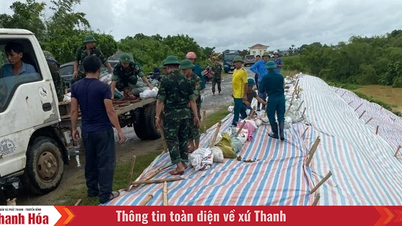












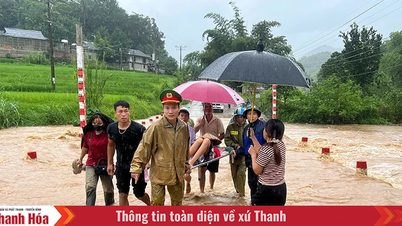
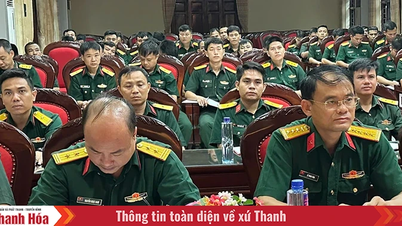




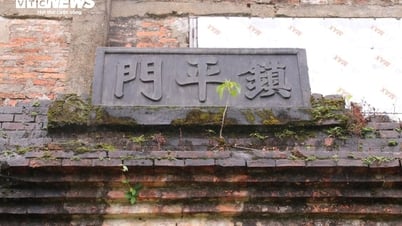

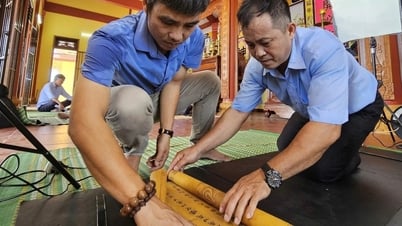
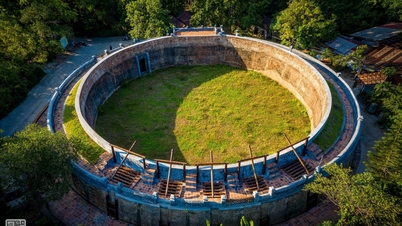



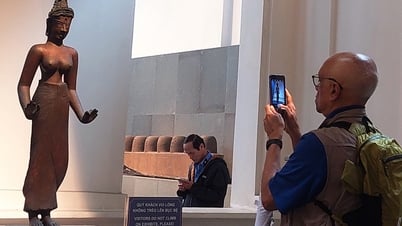














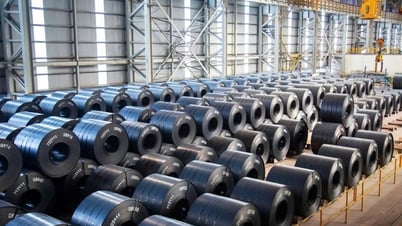


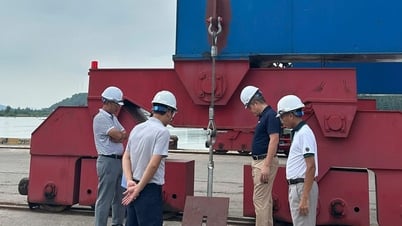



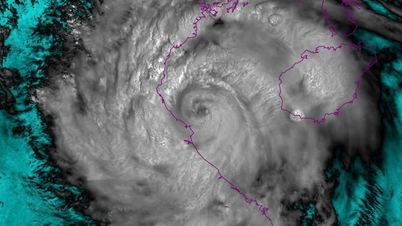


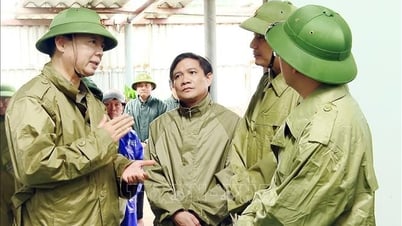







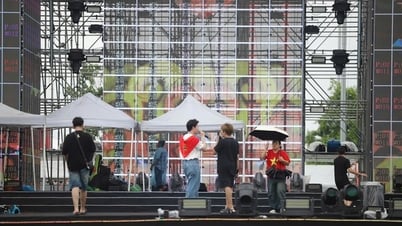
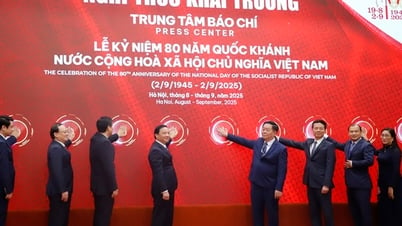

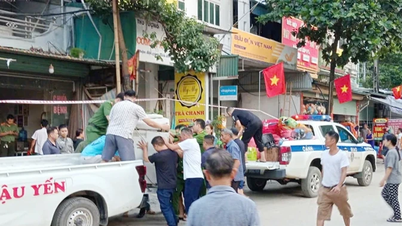





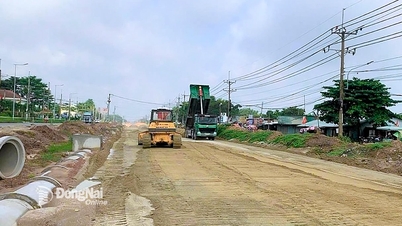




















Comment (0)